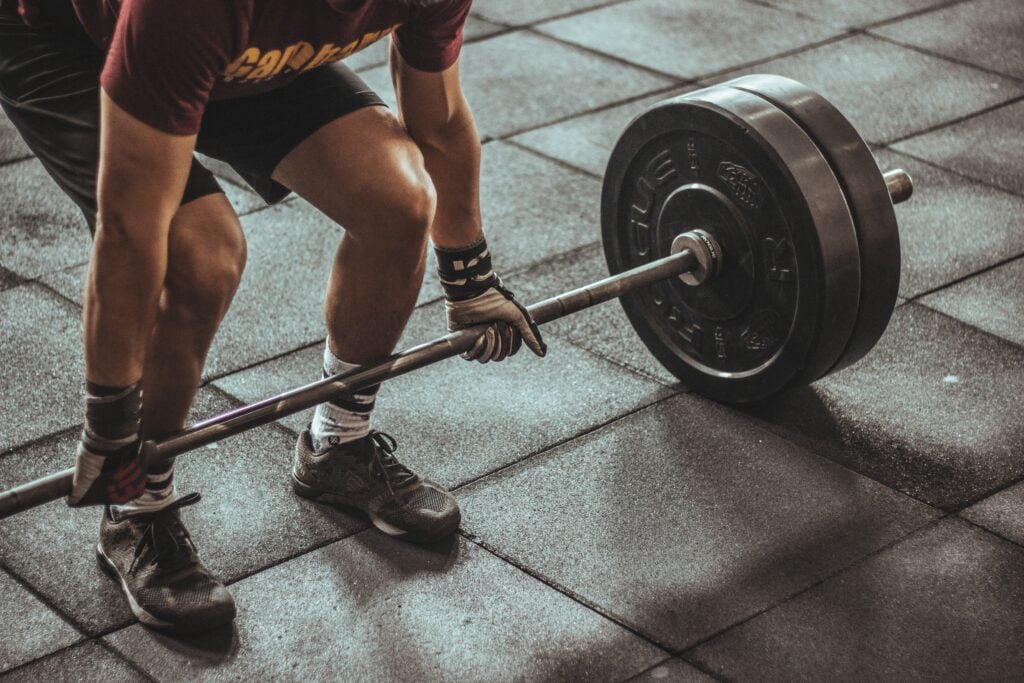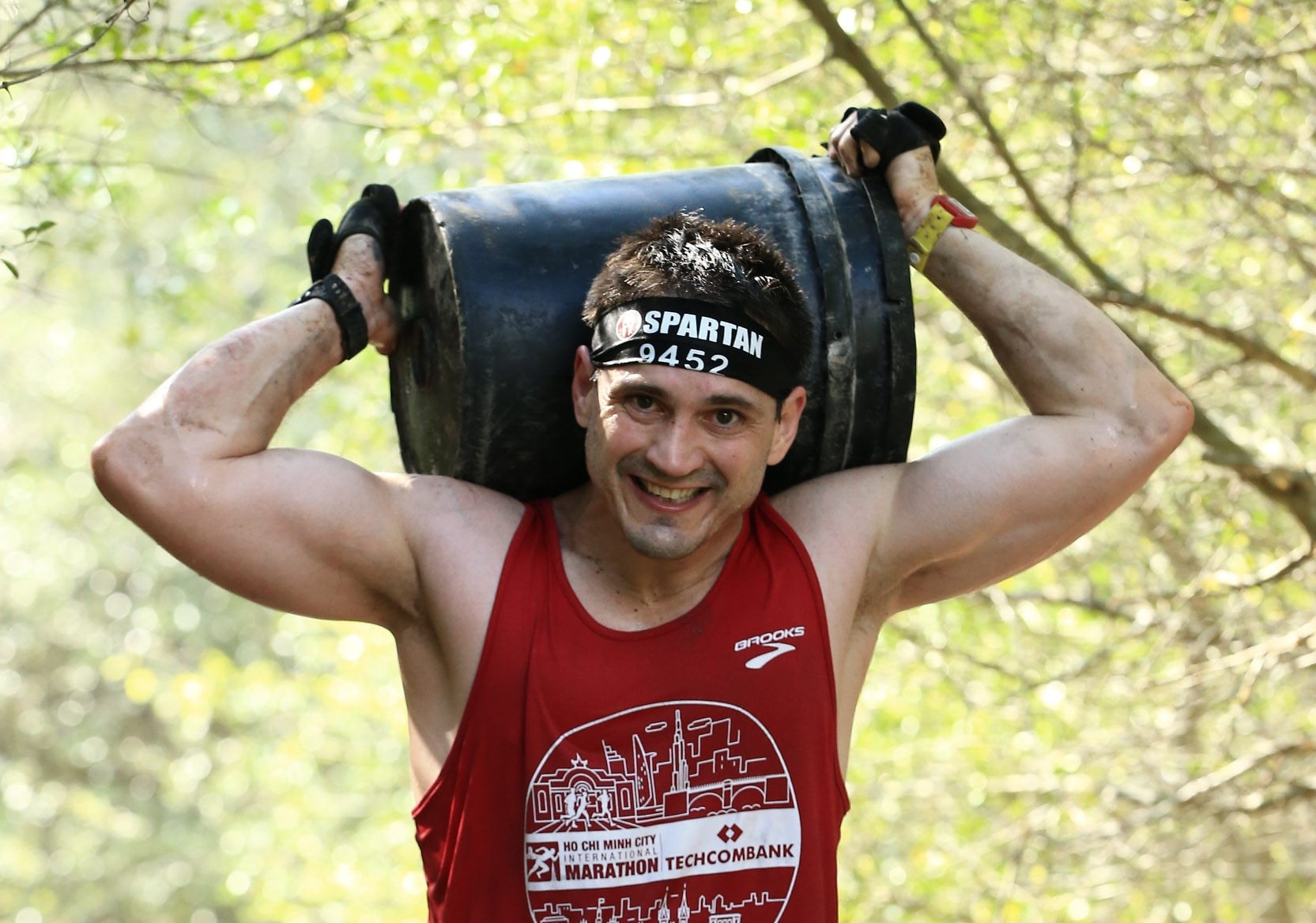To lift or not to lift – That is the question. Most people associate weight lifting with big biceps, broad shoulders and huge legs. While cardio is associated with weight loss and being slim in general. For this reason it is normal to ask, which one is right for me? Should I take on running to lose my belly fat or lift weights to define my muscles?


First of all, let me get this straight. Although people who lift tend to have bigger muscles while cardio lovers are generally smaller in size, one thing does not depend on the other. You will neither get extremely big by adding weights to your routine nor will you lose all the gains by adding cardio a few times a week.
In fact, medical studies indicate that combining aerobic training with strength training is the most beneficial for our health. Everything is in the balance, according to your personal goals.

Back to basics
Before looking at how to balance cardio and lifting, let’s go back to the basics and refresh some important concepts.
What is aerobic or cardiovascular exercise (aka “cardio”)?
The technical definition of aerobic exercise is: “Any form of exercise or activity that uses the aerobic metabolism — meaning oxygen is heavily involved in the cellular reactions that provide the body with the energy necessary to perform activity” (source). This is a fancy way to describe any exercise routine that increases your breathing and heart rate for a certain amount of time. For example, running, cycling, swimming, skipping rope among others.
By exercising your cardiovascular system, you are working to become more efficient at delivering oxygen to the body and using this oxygen in the most optimum way. Your heart and lungs improve their function, your muscles become more efficient at using the oxygen, you cells get better at producing energy out of oxygen increasing your stamina, your mood improves and, of course, you burn up calories, which in combination with a healthy diet can help you shed excess weight.

What is anaerobic exercise?
Weight lifting and similar strength training workouts involve a short burst of intense movement, while only burning stored reserves of energy from food. Contrary to cardio, it does not require oxygen, hence, it is called Anaerobic. Type of anaerobic exercise include free weights, weight machines, or resistance bands, but you can even use your own body weight for resistance in activities such as push-ups, lunges, and crunches. Short sprints and plyometric exercises that last a short time are also anaerobic exercises.
This type of exercise not only increases your strenght and makes your muscles bigger, but also improves bone density and can also help you lose weight. Strength training is crucial to help minimize the loss of lean body mass seen with aging.

After reading the above descriptions, you can surely appreciate why we need both aerobic and anaerobic exercising. They complement each other and provide the best combination to improve our general health. Including a variety of aerobic and strength training activities in your routine may help you reach your fitness goals faster. Let’s now discuss how to balance them according to your personal goals
There is no perfect recipe
The truth is that there is no perfect recipe of cardio and weight training. It depends on your personal goals and current condition, and many times it requires some adaptations along the way.
When thinking about cardio, most people automatically think of weight loss. But the truth is that resistance training is also beneficial for weight loss. Cardiovascular exercise is efficient at weight loss because, in general, burns more calories in the same amount of time. On the other hand, resistance training, although not burning the same amount of calories during the workout, helps you burn calories more efficiently for longer. In fact, there are reports of resting metabolism staying elevated for up to 38 hours after weight training, while no such increase has been reported with cardio (link).
Commonly those who want to build muscle automatically think of heavy lifting and forgoing cardio. But recent research shows that high-intensity cardio stimulates the release of anabolic hormones (testosterone, growth hormone, IGF-1) that are conducive to an environment of stimulating muscle growth (link). Besides, it helps to reduce muscle soreness and assists with recovery in general.

So what are your goals? Do you want to lose weight? Do you want to improve your stamina and cardiorespiratory capacity? Do you want to build muscle? Increase your strength? The first step is to define those goals and then build a program that helps you achieve these. A good start is with three days of weight lifting and two days of cardio. For example:
Monday: Upper Body
Tuesday: Cardio
Wednesday: Lower Body
Thursday: Rest day
Friday: Full body
Saturday: Cardio
Sunday: Rest day
This simple split helps you focus on one objective every day without extending each workout for too long to incorporate everything. You can try it for 3-4 weeks and make adjustments based on the length on the sessions and the weight lifted. You can download Free Weight-Loss and Beginner Training plans from our Free Downloads section. Of course, if you would like help to build your program to your specific goals, here in Solstizio Fitness we will be delighted to assist you.
Now, time to work hard! Go get your workout gear and reach for those goals!




Thanks for sharing. I read many of your blog posts, cool, your blog is very good.